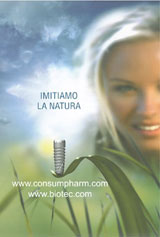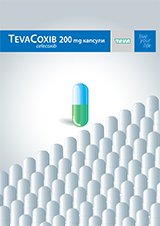Biotechnology &
Biotechnological Equipment
Biotechnological Equipment
Advanced search
Article
Biotechnology & Biotechnological Equipment 18 (2), 122 - 127 (2004)
Comparision of bactericidal activity of microwave, ultraviolet and disinfectant solutions on some bacterial strains
F. Akşen, A. Kaya, N. Akpolat
Dicle University, Medical Faculty, Departments of Biophysics1 and Microbiology2 21280 Diyarbakir, Turkey
Abstract
In this study, bactericidal activity of microwave, ultraviolet (UV) and some of disinfectant solutions such as 1% Setridif and 2% Lysoformin and salina solution were investigated. Some bacterial strains such as Proteus vu1garis (6/10/225 RSKK), Bacillus cereus (RSKK 5127), Staphylococcus aureus (RSKK 395), Escherichia coli (MI. 205), Pseudomonas aeruginosa and Listeria monocytogenes were selected for this purpose. One minutes of microwave exposure was enough to destruct all the bacterial strains used in this study except B.cereus. We observed that 5 minutes of microwave exposure was not enough for destruction of B.cereus. However, any of B.cereus was not observed for 10 minutes of microwave exposure. On the other hand, three minutes of UV exposure was found enough for destruction of S. aerus and P. aeruginosa. 5 minutes of UV exposure was found necessary for destruction of P.vulgaris and L.monocytogenes. However, we observed that at least 10 minutes of UV exposure was necessary to destruct E.coli and B. cereus. 30, 45 and 60 minutes of salina treatment was not observed as destructive agent for bacterial strains under investigation. 30 minutes of setridif and lysoformin treatment was found enough for destruction of E. coli, S. aureus and L. monocytogenes. 30, 45 and 60 minutes of setridif treatment was not found enough for destruction of P.vulgaris and B.cereus while 30 minutes of lysoformin was found enough for bactericidal activity. 45 minutes of setridif was enough for destruction of P.aeruginosa while 30, 45 and 60 minutes of lysoformin was not enough for bactericidal activity of same bacteria.
In conclusion, these findings emphasize the need for caution in selecting an appropriate disinfectant or physical agents such as microwave and UV to use on contaminated surfaces.


